Batteries - A battery is an independent, synthetic force pack that can create a restricted measure of electrical energy any place it's required. In contrast to ordinary power, which streams to your home through wires that get going in a force plant, a battery gradually changes over synthetics pressed inside it into electrical energy, ordinarily delivered over a time of days, weeks, months, or even years.
60% of the battery is comprised of a mix of materials like zinc (anode), manganese (cathode) and potassium. These materials are all earth components. This mix of material is 100% recuperated and reused as a miniature supplement in the creation of manure to develop corn.
What batteries are made of?
Power can't be put away accordingly, yet what you can do is change it into another sort of energy and store that — which is actually what batteries do. They store energy in compound bonds and delivery it when required as a progression of power.
It sounds confounded, yet they're entirely straightforward gadgets — you likely have the materials to construct a (genuinely frail) battery lying around your home. Batteries are shaped from voltaic cells. Each is assembled utilizing a positive-negative terminal (cathode and anode), something to detach the two (a separator), and something to connect them — a conductive medium known as an electrolyte which gives particles an approach to stream between the anodes.
What's Inside A Battery?
A solitary utilized basic battery is made of zinc, manganese, potassium, metal, plastic and paper An ordinary battery needs 3 sections to make power:
- Anode - negative side of the battery
- Cathode - the positive side of the battery
- Electrolyte - a substance glue that isolates the anode and cathode and changes compound energy into electrical energy
How batteries work ?
The electrolyte permits the two finishes of the battery (the terminals) to exchange particles (charged iotas) in a Redox response. Cations ( + charged particles) relocate to the anode where they dump overabundance electrons, prompting an electron develop at the anode after some time.
Since all electrons hold a similar electrical charge they by and large don't actually like each other. So they do everything they can to move as distant from their sort as could be expected. In a battery, the lone spot they can proceed to do that is the cathode. This development — electrons needing to move starting with one point then onto the next — makes an electrical potential in the battery.
They can't, notwithstanding, move unreservedly about through the electrolyte. Electrons need either a transporter as particles to carry them to the opposite finish of the battery, or for the cathode and anode to contact to scatter in a short out. Since no particle sane needs to move towards a state of a similar electrical charge and the separator keeps the two anodes well, isolated, each one of those electrons are simply kicking the bucket for an approach to stream to the cathode.
Final Line
Mentioned are the details about Batteries along with how they are made, how it works, and what are its uses as well, you can check out the details above.
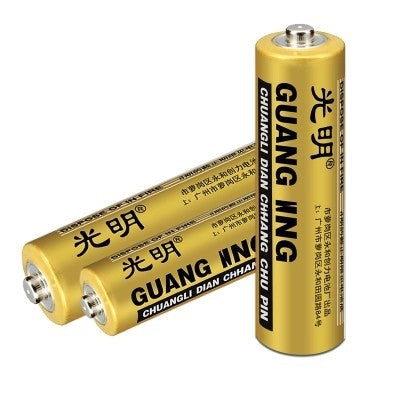 Sold out
Sold out
 Sold out
Sold out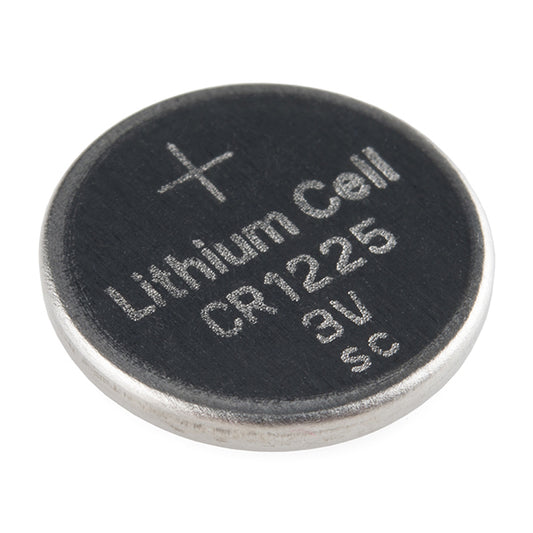
 Sold out
Sold out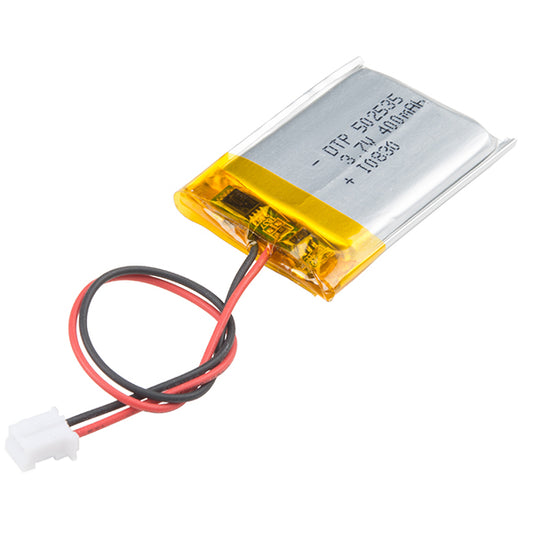
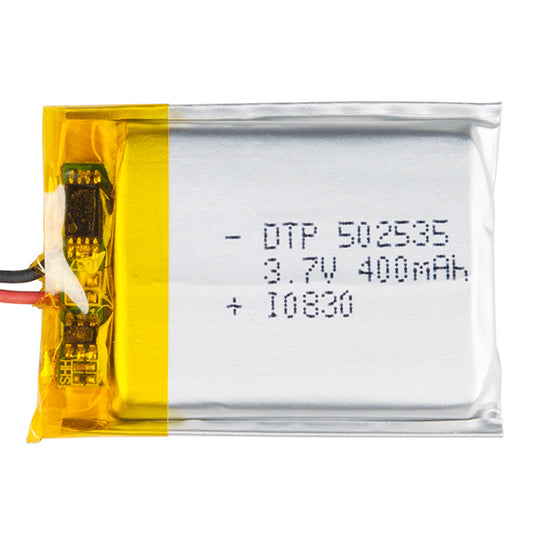 Sold out
Sold out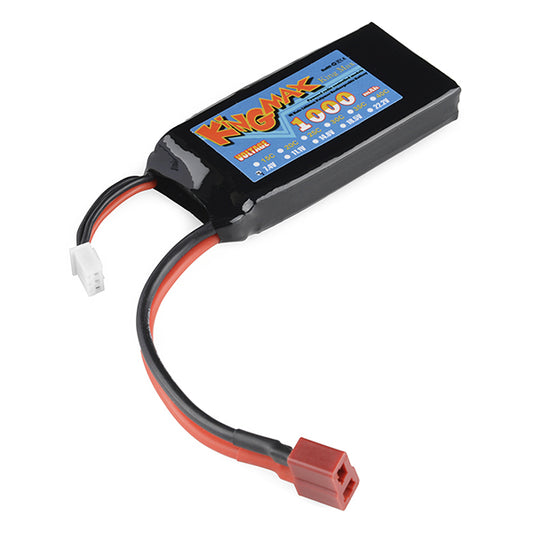
 Sold out
Sold out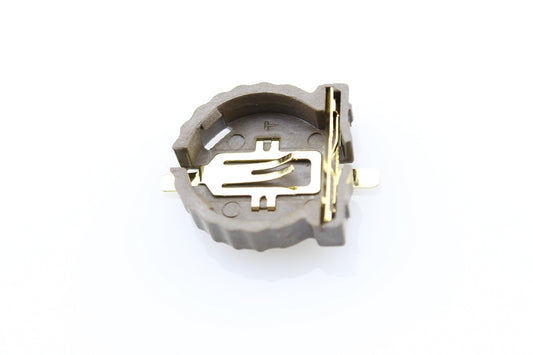
 Sold out
Sold out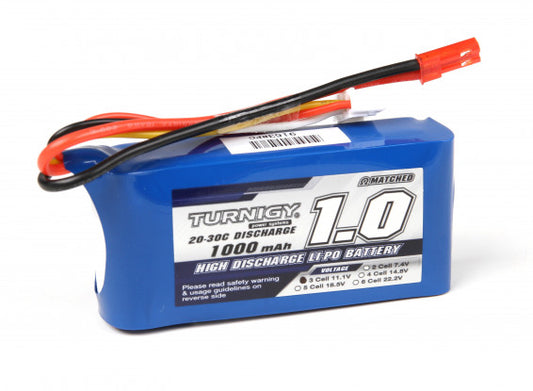 Sold out
Sold out







































